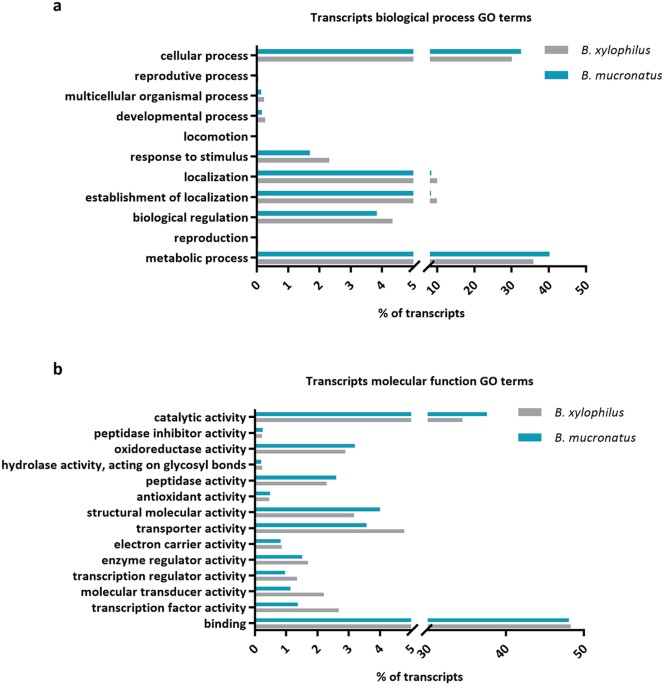
- Select a language for the TTS:
- UK English Female
- UK English Male
- US English Female
- US English Male
- Australian Female
- Australian Male
- Language selected: (auto detect) - EN
Play all audios:
While Victoria is enjoying a splash of summer weather, there are strong warnings about thunderstorm asthma risk as the pollen count is expected to reach 'extreme' levels on
Tuesday. The city is set to hit a top of 30 degrees on Tuesday, with the potential of afternoon thunderstorms in the outer western suburbs. Melbourne is forecast to reach 29 degrees on
Wednesday, with gusty winds and widespread storms expected in the afternoon and evening. There is a moderate risk of thunderstorm asthma across Victoria's north in the Wimmera and
Mallee on Tuesday, according to the Health Department. But the danger is more severe on Wednesday. The Mallee, Wimmera and south-west regions of Victoria are predicted to be at high risk of
thunderstorm asthma. There will be a moderate risk for Melbourne on Wednesday, along with the rest of the central, northern central, and northern country districts. State health commander
Justin Dunlop said Victoria was hitting the "critical" peak of its pollen season over the next couple of weeks. "If there is a thunderstorm, that's when you are at
greater risk if there's pollen in the air, whether you suffer from hay fever or asthma," he said in a Twitter video. "Even people that haven't suffered from these things
before, these things can sometimes have the first effects on those thunderstorm days." Mr Dunlop encouraged people to stay inside during any thunderstorms, ensure they have the
medication on hand if they suffer from asthma or hay fever, and visit their GP to ensure they have an up-to-date asthma plan. According to Melbourne pollen count, the grass pollen forecast
was 'extreme' on Tuesday and 'high' on Wednesday. The epidemic thunderstorm asthma season runs from October to December. Associate Professor Cenk Suphioglu from Deakin
University said "for the many who are allergic to grass pollen, with the chance of a thunderstorm looming, it is a very, very big risk especially for those who have never had an asthma
attack before". He said the three major risk factors for having thunderstorm asthma included having a pollen allergy, having undiagnosed asthma, or having either hay fever or asthma but
not being up to date on your preventative medication. "Another thing is we've actually had an impact on respiratory infections from COVID," Associate Professor Suphioglu told
_3AW Breakfast. _ "That throws another risk in the mix, because the immune system is already compromised ... for those who have recovered from COVID. "Our immune system is so
sensitive, and if you're allergic to grass pollen and you know you've got asthma, you have to be on top of your asthma action plan. Now is the time." GET OUR MORNING &
EVENING EDITION NEWSLETTERS The most important news, analysis and insights delivered to your inbox at the start and end of each day. Sign up here.








